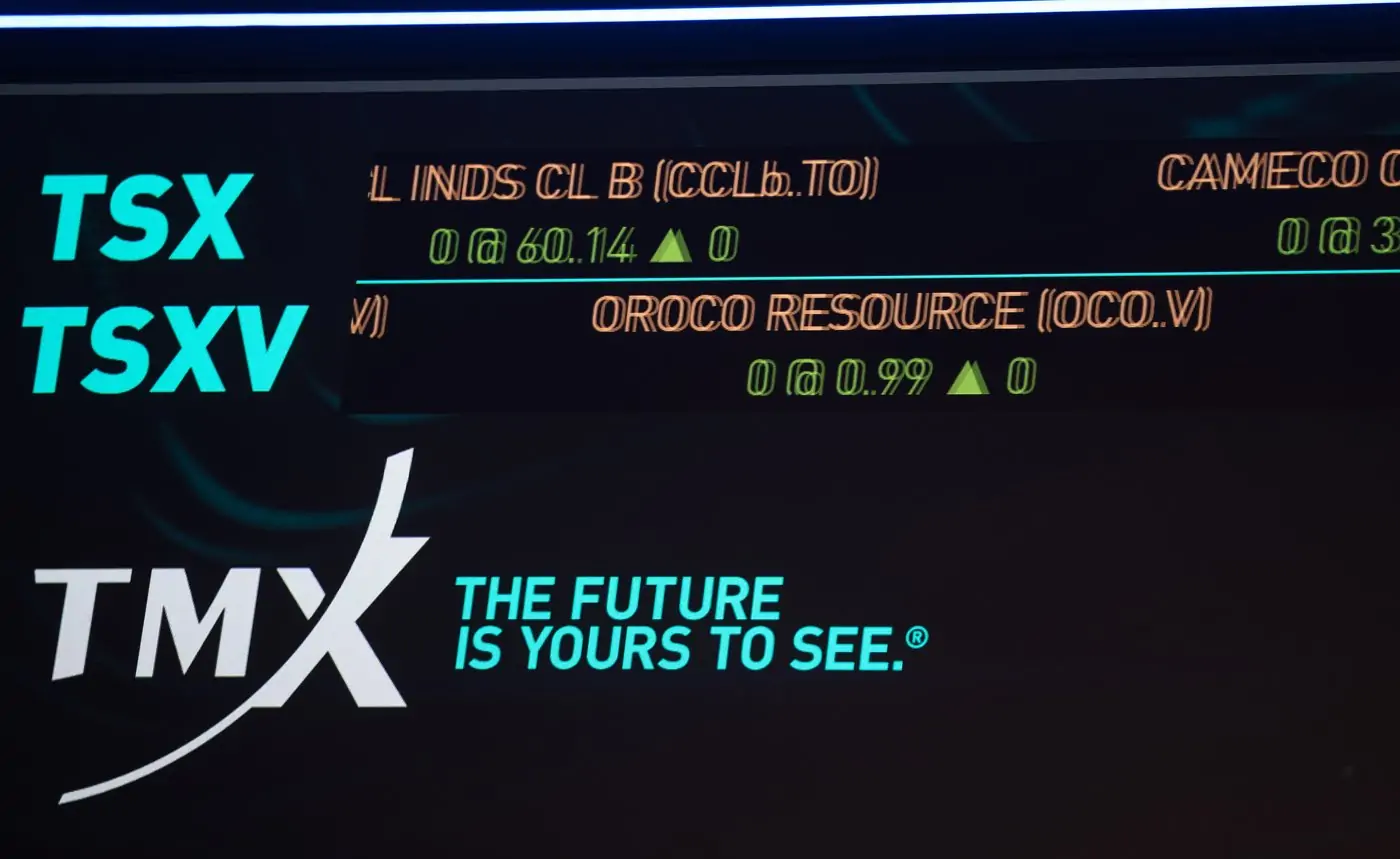Transaction marks second investment with NextEra Energy and NextEra Energy Partners and adds to Ontario Teachers’ growing portfolio of green assets
TORONTO, ONTARIO (November 18, 2022) – Ontario Teachers’ Pension Plan Board (Ontario Teachers’) today announced that it has signed an agreement to invest approximately US$805 million in a convertible equity portfolio financing with NextEra Energy Partners, LP (NYSE: NEP). Ontario Teachers’ committed to the investment as part of the sale of renewable energy assets from NextEra Energy Resources, LLC, a subsidiary of NextEra Energy, Inc. (NYSE: NEE) to NextEra Energy Partners.
The approximately two-gigawatt portfolio comprises four newly constructed and nine operating wind, solar and energy storage assets, which are geographically diversified across U.S. power markets. The assets have in place long-term power purchase agreements with diversified, investment-grade counterparties.
This investment is the second in as many years by Ontario Teachers’ with NextEra Energy and NextEra Energy Partners, following on the acquisition of a direct interest and convertible equity portfolio financing agreement originally announced in November 2021.
“We are pleased to build on our partnership with NextEra Energy Resources and NextEra Energy Partners, a world leader in renewable energy generation, and to make another significant investment in a portfolio of high-quality wind and solar energy assets,” said Chris Ireland, Senior Managing Director, Greenfield and Renewables at Ontario Teachers’. “This portfolio of assets based across the U.S. is a strong complement to our existing portfolio and gives us additional exposure to the U.S. market.”
The investment is being made by the Greenfield and Renewables team, which is part of the Infrastructure & Natural Resources department at Ontario Teachers’. Current investments include development-focused platforms such as Cubico Sustainable Investments, Anbaric Development Partners, Equis Developments and Corio Generation, as well as a direct ownership stake in a portfolio of operating assets alongside NextEra Energy Resources. Total pro-rata capacity of the Greenfield and Renewables portfolio equals approximately 5.6 gigawatts.
Ontario Teachers’ expects to close the transaction later this year or in early 2023, subject to customary closing conditions and receipt of certain regulatory approvals.
Ontario Teachers’ financial advisor was TD Securities and legal advisor was Kirkland & Ellis LLP.
About Ontario Teachers’
Ontario Teachers’ Pension Plan Board (Ontario Teachers’) is a global investor with net assets of $242.5 billion as at June 30, 2022. We invest in more than 50 countries in a broad array of assets including public and private equities, fixed income, credit, commodities, natural resources, infrastructure, real estate and venture growth to deliver retirement income for 333,000 working members and pensioners.
With offices in Hong Kong, London, Mumbai, San Francisco, Singapore and Toronto, our more than 400 investment professionals bring deep expertise in industries ranging from agriculture to artificial intelligence. We are a fully funded defined benefit pension plan and have earned an annual total-fund net return of 9.6% since the plan’s founding in 1990. At Ontario Teachers’, we don’t just invest to make a return, we invest to shape a better future for the teachers we serve, the businesses we back, and the world we live in. For more information, visit otpp.com and follow us on Twitter @OtppInfo.
Media Contact:
Dan Madge
+1 416 419 1437
media@otpp.com
Source link
Related




















